In the context of rising global temperatures and the intensifying impacts of climate change, a...

At the climate negotiations in Paris, the second high-level segment has begun. Experts have...
Every year, millions of people fall victim to the consequences of climate change, as indicated by a...
On October 22, an international conference dedicated to wildlife conservation and the development...
According to the latest UN report, the reduction in external funding seriously threatens the work...

On the sidelines of the Paris climate conference, the authorized Ambassador of the French Republic...

In his speech, Hasan emphasized that the issues of violations of humanitarian norms remain...
As part of the UN climate conference scheduled to take place in Brazil, the procurement of over 10...

In the Austrian capital, Vienna, on November 3, 2014, the Second Conference of the United Nations...

The meeting held on October 24, 2025, between Batbayar Shurenchuluun, the Secretary of State of...
- Resolution No. 657, adopted by the Cabinet of Ministers on October 10, 2025, became the basis for...
A group of international scientists reports on potential serious changes to the climate phenomenon...

As part of its activities, the planning group is responsible for coordinating the "Agreement...
On October 23, an international forum titled "Business, Ecology, and Sports — Ak-Irbis...
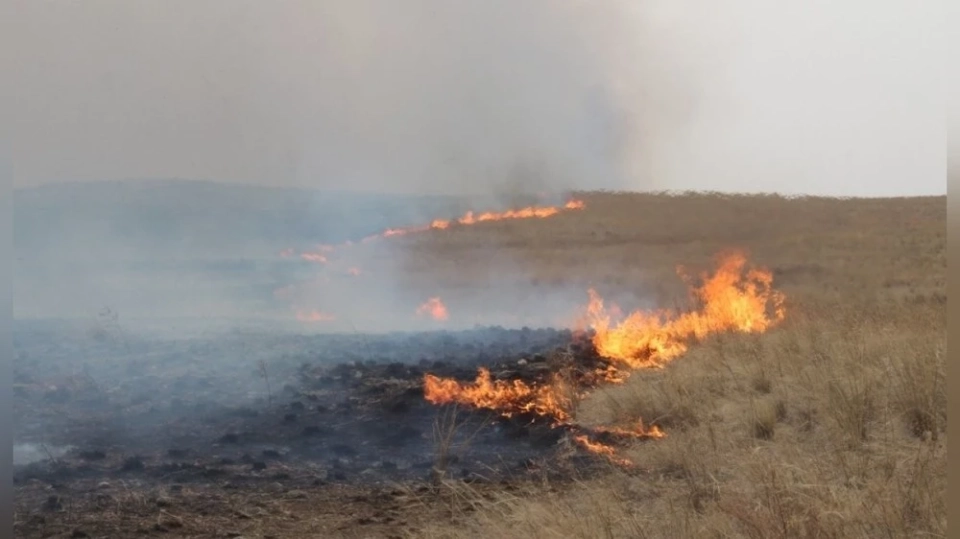
The fire that started in the Erdenetsagaan somon was completely extinguished by Monday evening,...

According to Turgunbaev, the impact of climate on the economy is becoming increasingly evident....

From October 13 to 14, representatives of Kyrgyzstan participated in a two-day ministerial...

In the context of rapid urban growth and new technological challenges, as well as changing global...

The Climate of Mountainous Kyrgyzstan The climatic conditions of the country are determined by the...
In May 2025, the Kyrgyz Republic issued eurobonds worth $700 million, which led to an increase in...
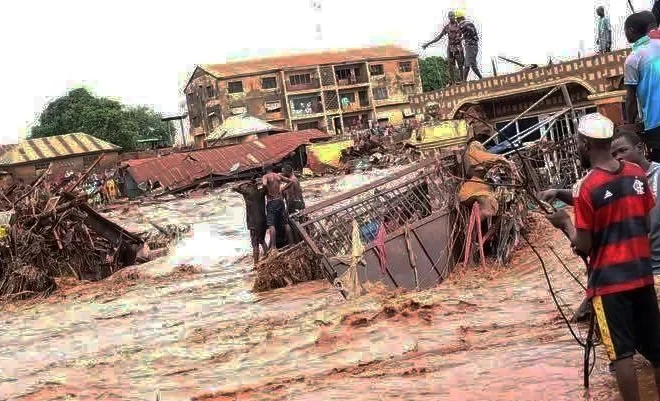
This year, Niger has faced severe flooding, resulting in the deaths of over 120 people and...

Aliyev Midin Alievich (1928-1997), Doctor of Medical Sciences (1965), Professor (1967)...

The names of the winners of the Iris Prize 2025 have been announced — an international award...
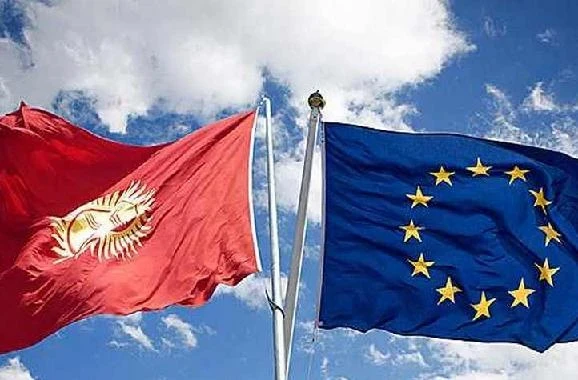
At the forum, it was announced that the European Union is ready to allocate a total of $2.4...
According to Asia Plus, on October 25 at 11:00, a large mass of ice collapsed on the peak of Ismoil...

In the Bishkek Declaration of the World Forum on the Conservation of the Snow Leopard, one of the...

Zarifiyan Anes Gurgenovich (1946), Candidate of Medical Sciences (1973), Professor (1998)...
The decision to raise the key interest rate by 75 basis points to 10% was made by the Board of the...
Water is becoming one of the key resources in Central Asia. Starting January 1, 2026, a new Water...

During the meeting, upcoming negotiations on the development of cooperation between the two...

Belov Georgy Vasilievich Doctor of Medical Sciences, Professor. Born in 1954. Graduated from the...
At the IV International Conference on Public-Private Partnership in Kyrgyzstan, the First Deputy...
The Cabinet of Ministers of the Kyrgyz Republic has approved funding for new digital initiatives in...

On the professional holiday — the Day of the Diplomatic Service Worker of the Kyrgyz Republic —...
Farhan Haq, Deputy Spokesperson for the UN, stated in response to journalists' inquiries that...
The President of the Kyrgyz Republic, Sadyr Japarov, has approved the draft law "On Amendments...

A forum titled "Business, Ecology, and Sports – Ak-Irbis 2025" is taking place in...

Lupinskaya Zinaida Abramovna (1929), Doctor of Medical Sciences (1977), Professor (1979) Jewish....
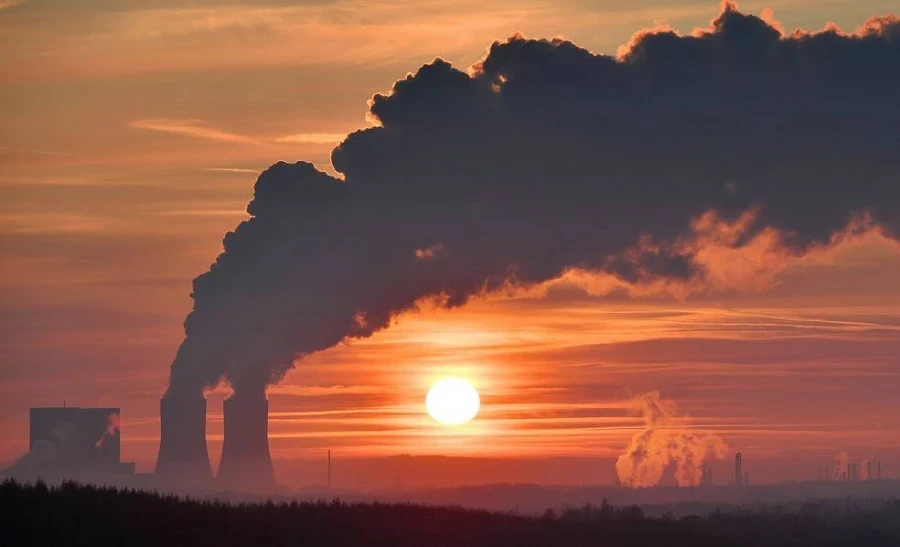
Burning coal is one of the key causes of global warming...

There is a lot of sun in Kyrgyzstan. The average annual duration of sunshine here ranges from 2500...
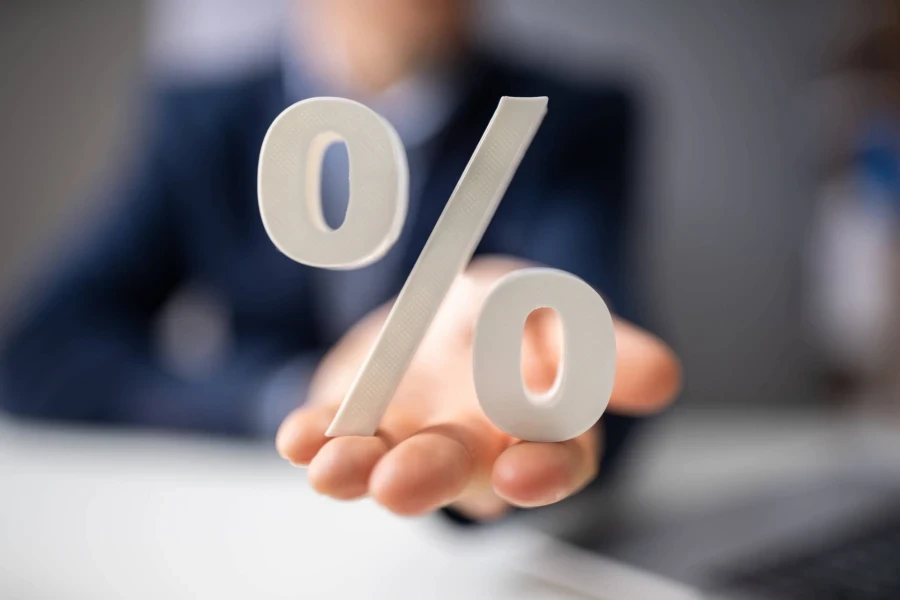
As of October 28, the decision comes into effect...

Modern Weather Reports and Forecasts Simple yet accurate experiments and systematic observations...

Bishkek, Kyrgyzstan - Older women from around the world speak about human rights in a new report...

The Issyk-Kul Region is located in the eastern part of Kyrgyzstan. It was established on November...